In yesterday’s post (), I said that I disagreed with Frank Stephenson’s Top 3 choices of outstanding Jaguar design (and if you haven’t read it yet, you should because otherwise a lot of which follows may not be understood).
“O Kim,” I hear you saying, “who are you to argue with the design choices of an actual car designer, you ignoramus?”
As with all things, it comes down to categorization. So let’s look at Stephenson’s Top 3 Jaguar designs:
1) 1954 Jag D-type:
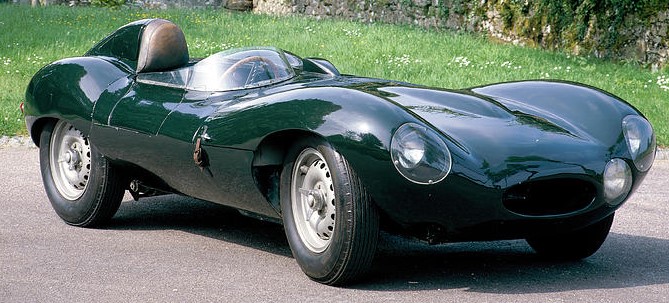
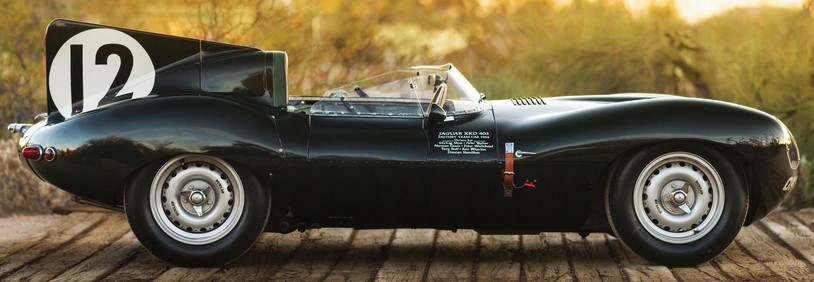
Is it jaw-droppingly gorgeous? Hell, yes, and sexy withal. But the problem was that it was designed as a race car — a track car, and therefore made in tiny quantities (which is reflected in the prices asked for each of the two dozen or so still known to exist). But I think the D-type is more important for what it did to Jag’s production sports car line which followed, and you all know where this is leading:
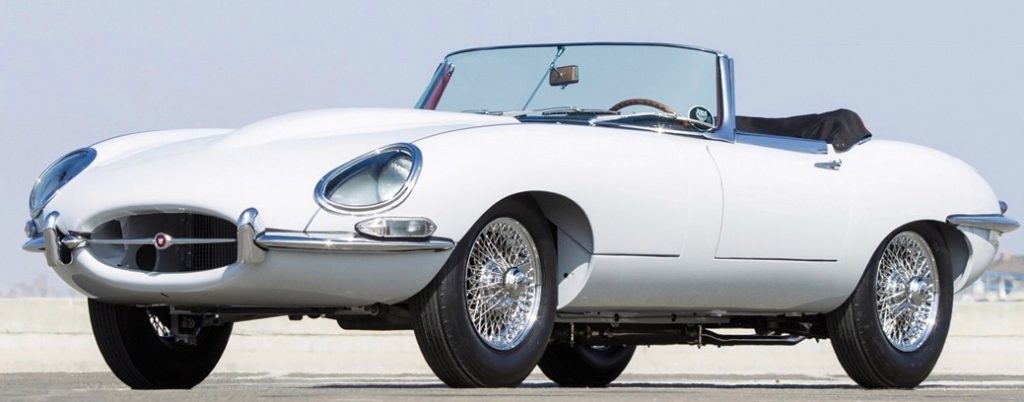

And as much as I like swoopy curves, I think the E-type is the design which not only set Jag apart, but caused others to try to copy its appeal in their cars, and failed.
To be fair, Stephenson does think that the E-type is the greatest car design ever, and I’m not sure that too many will disagree with him. But I think he did it a disservice by excluding it from his Top3 Jag designs, putting in instead the earlier D-type racer. Now did the D influence the E? Undoubtedly; but the E-type is still the superior design. His next choice, though, cannot be questioned:
2) 1950 Jaguar XK 120 OTS
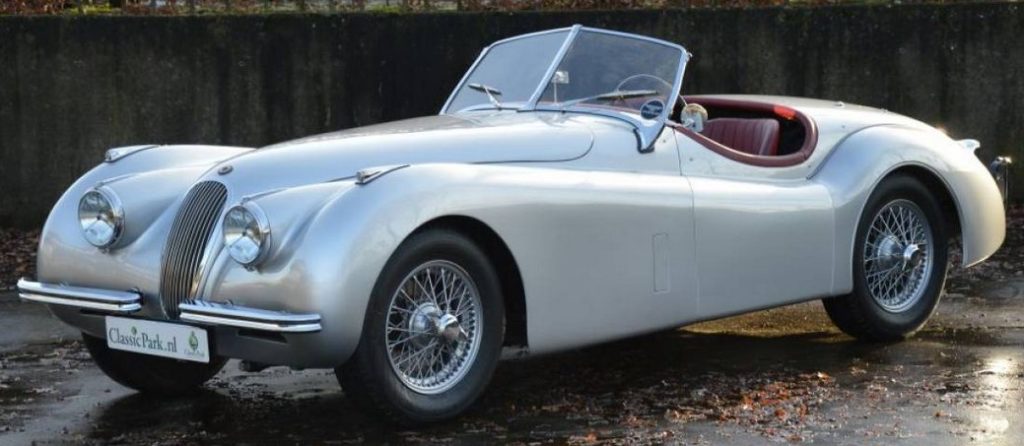
If you were to rebuild an exact replica of this car, modernizing only the electro-mechanical shortfalls of that vintage, there is not a man (nor maybe woman) alive who would turn it down if parked in his driveway as a gift. It is unmistakably a Jaguar, undoubtedly a classic, and irrefutably the supercar of its time. Its design would set the standard for Jaguar for a decade or more.
Finally, we come to Stephenson’s last choice:
3) 1955 Jaguar Mk 2
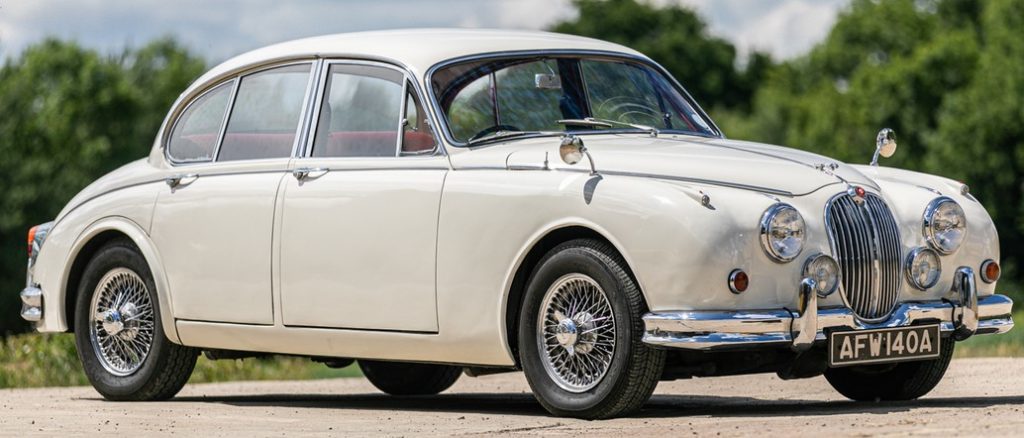
I’m not going to argue with this choice too much, because it was a good design — for Jaguar. Unfortunately, there were also more than a few cars around at the time which looked quite like it, e.g. the Lancia Aurelia:
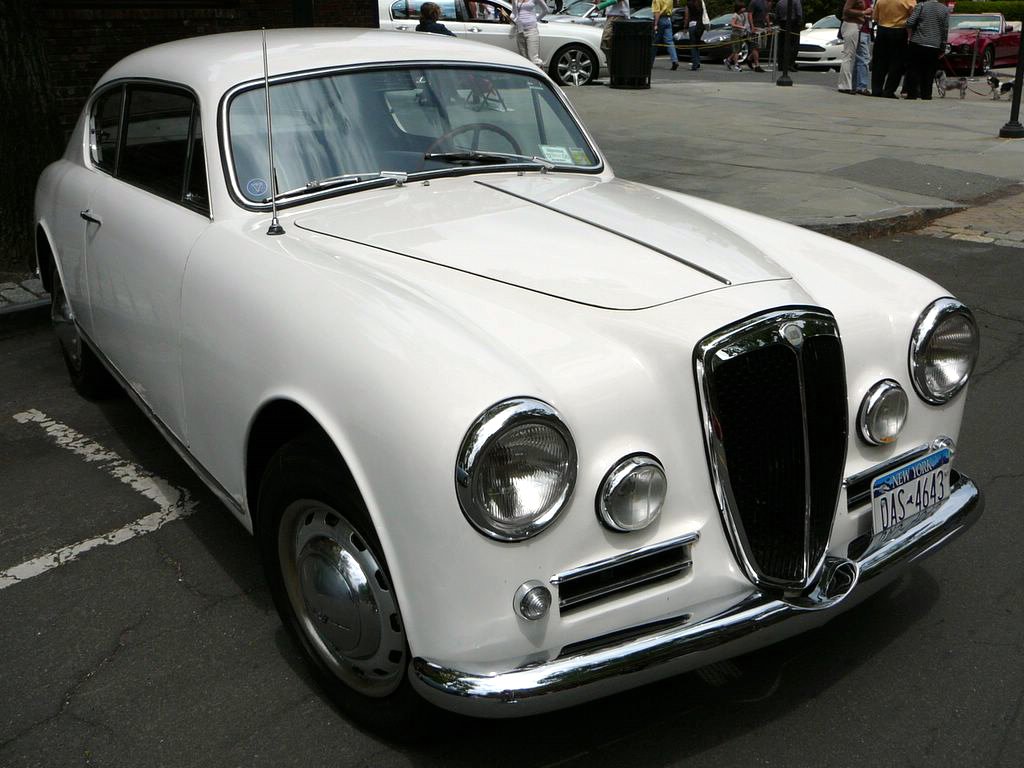
Honestly, if we’re going to look at an excellent Jaguar design perhaps worthy of a Top 3 position, we need to consider this one:
1969 Jaguar XJ6
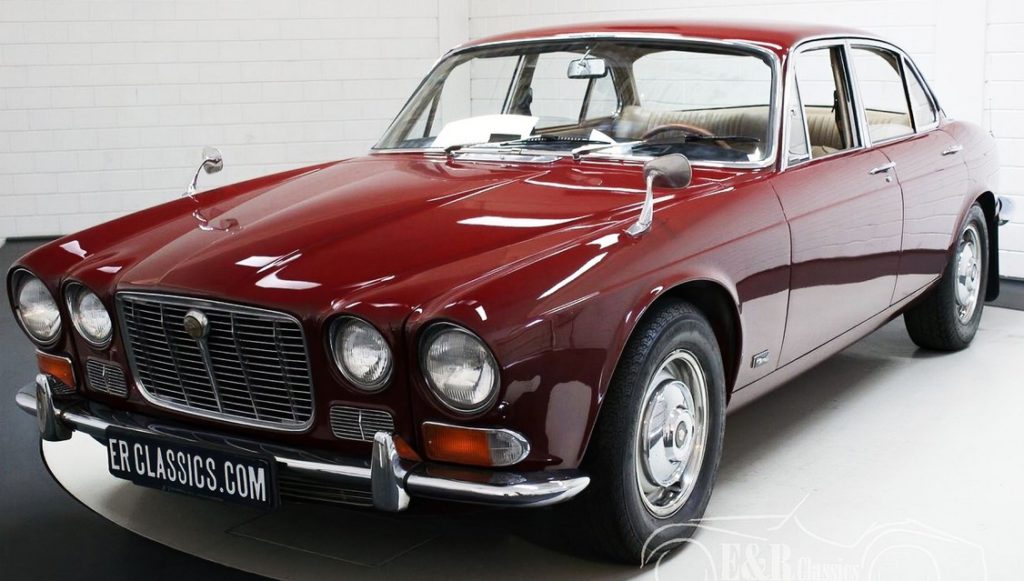
Over the next four decades, every single new XJ passenger car model flowed from this design, and like all the classic Jaguar designs, it was all about what Jaguar represented: understated, classy, yet with a hint of snarling power waiting to be unleashed.
So there you have my choices: the E-type, the XK 120 and the XJ6.
Feel free to discuss in Comments, as always.
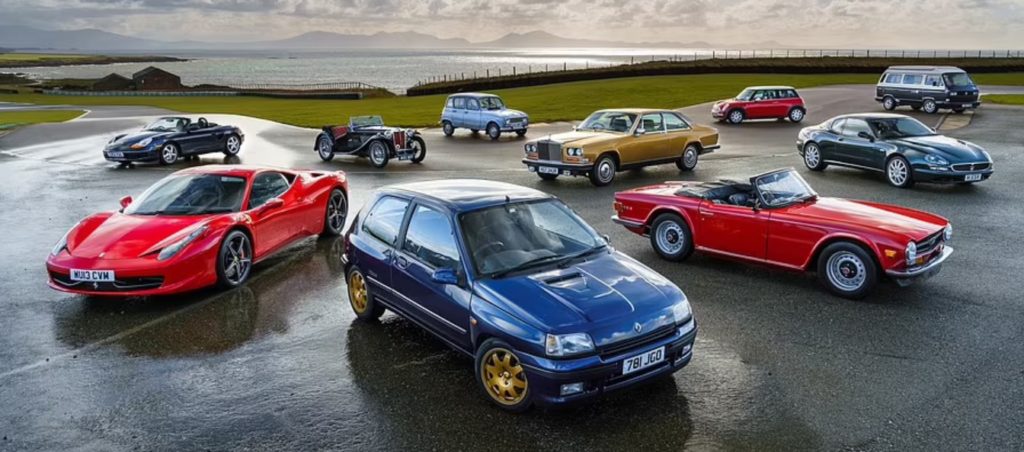

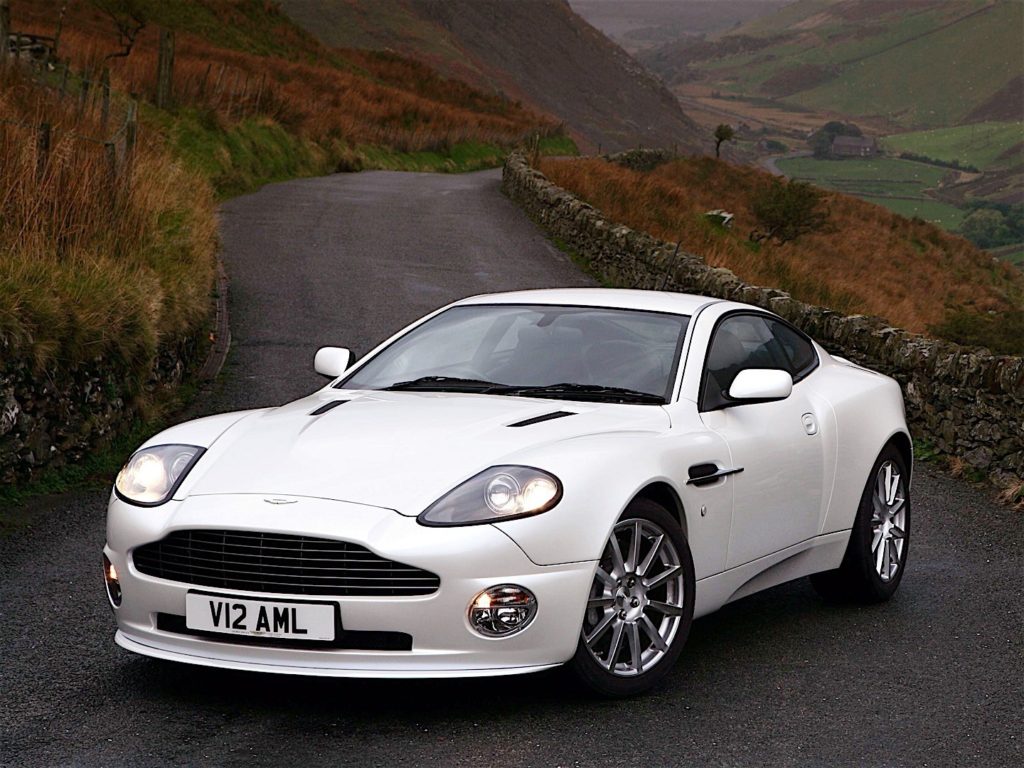
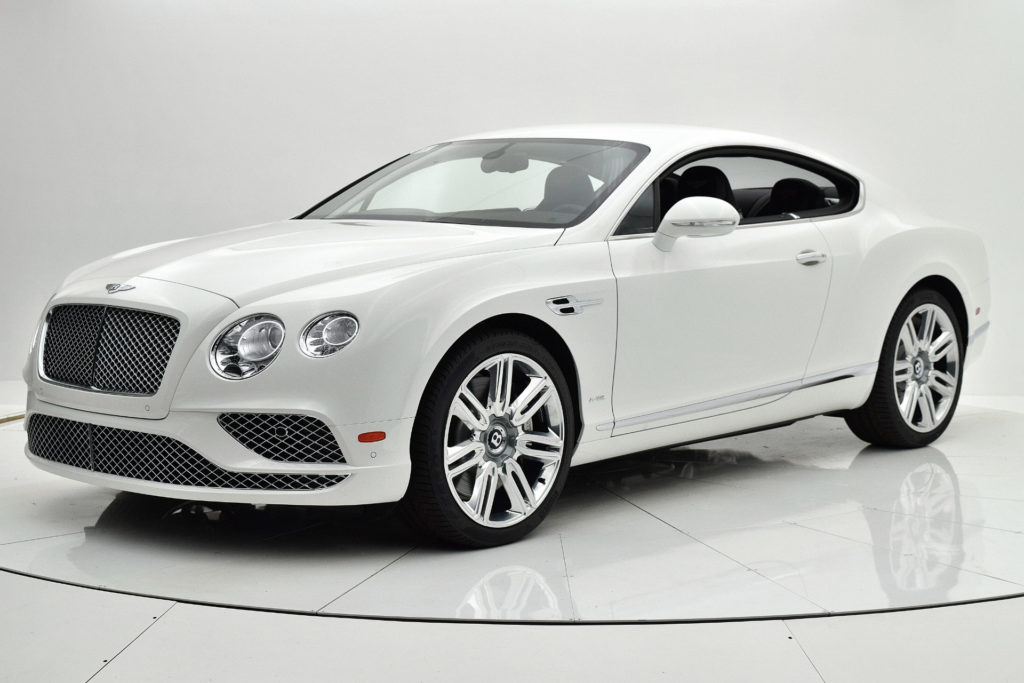
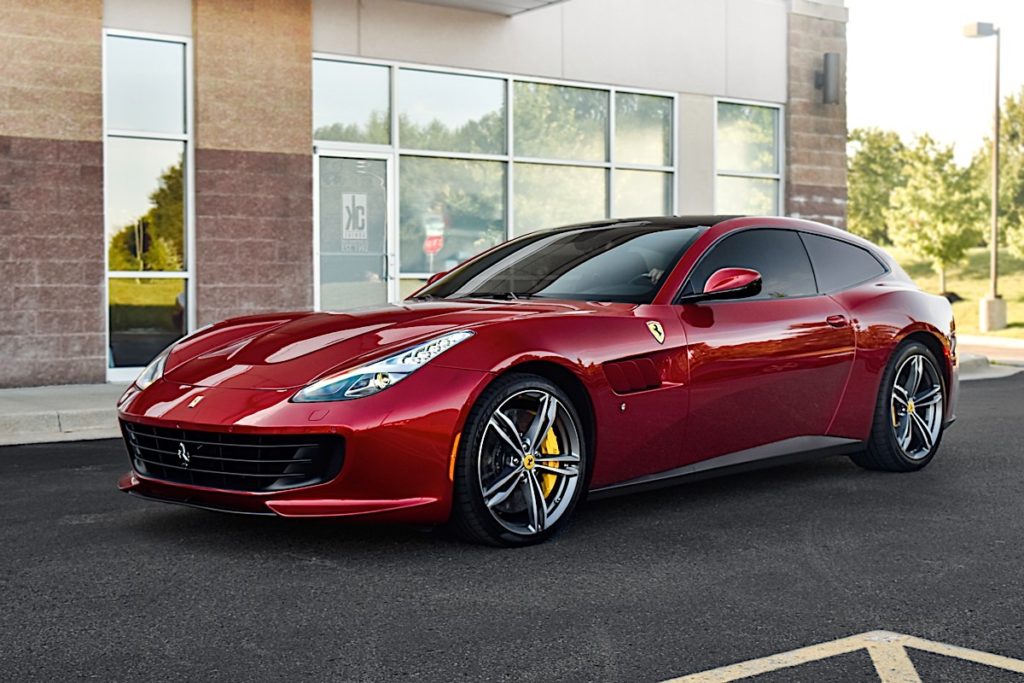
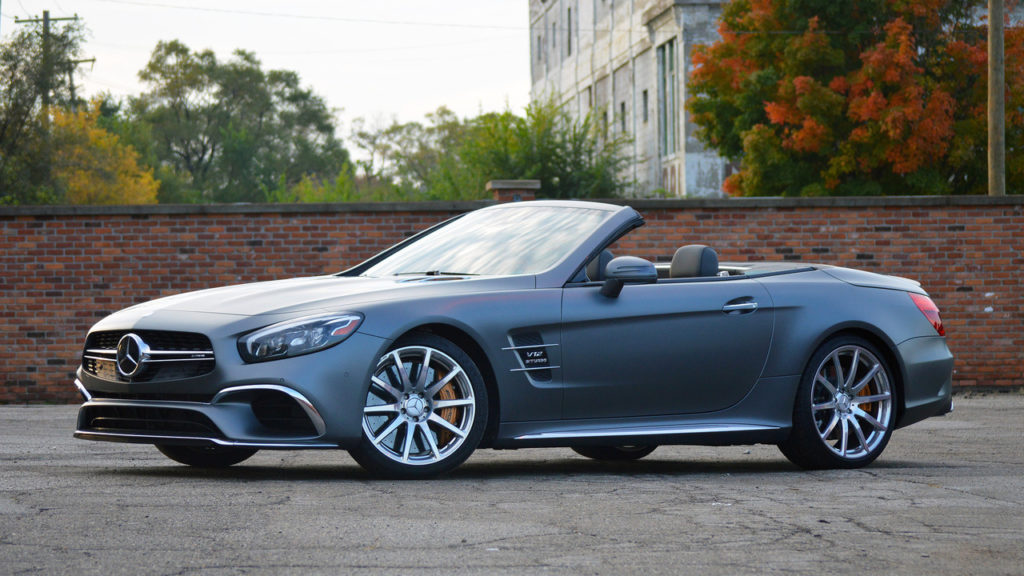
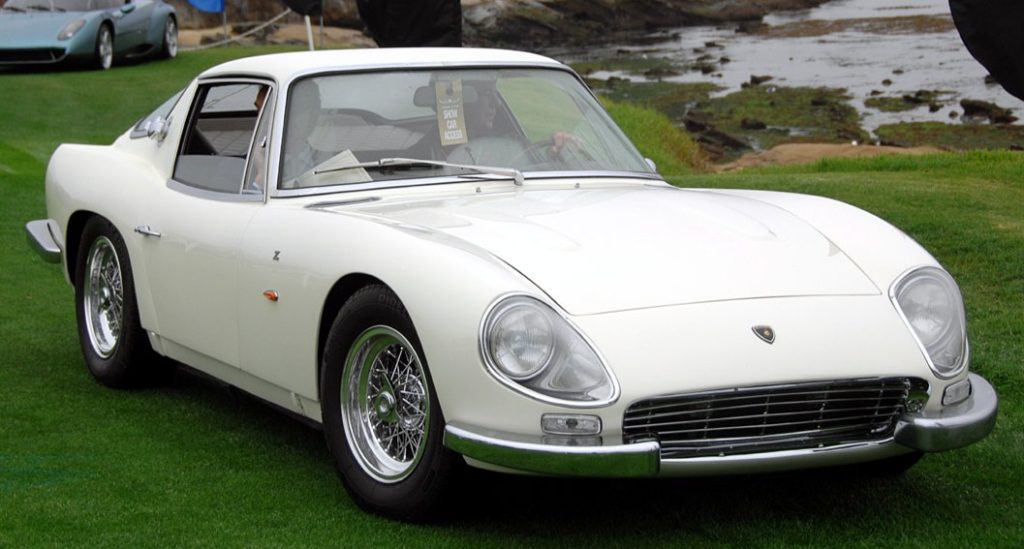
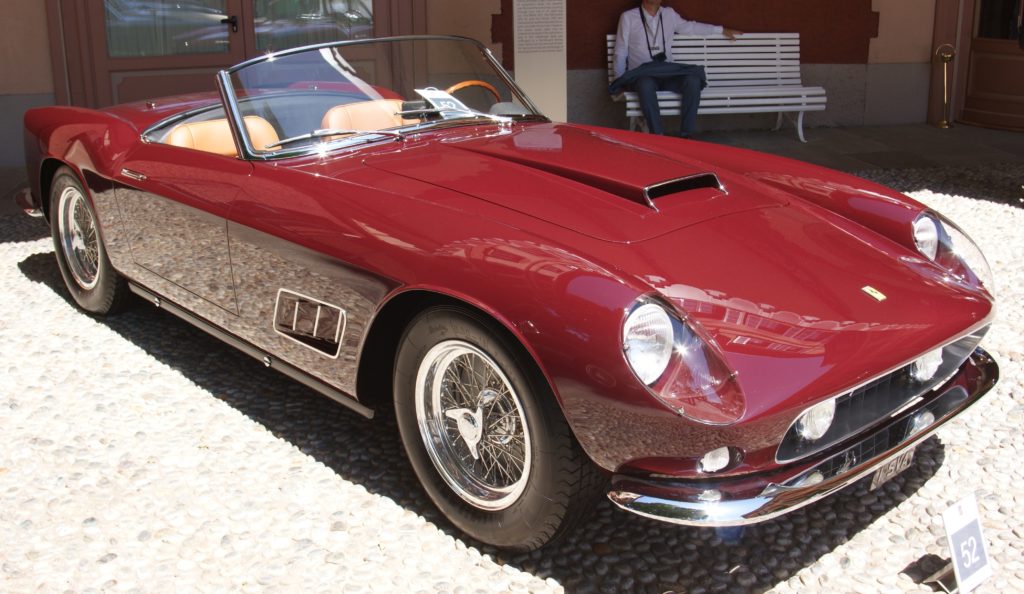
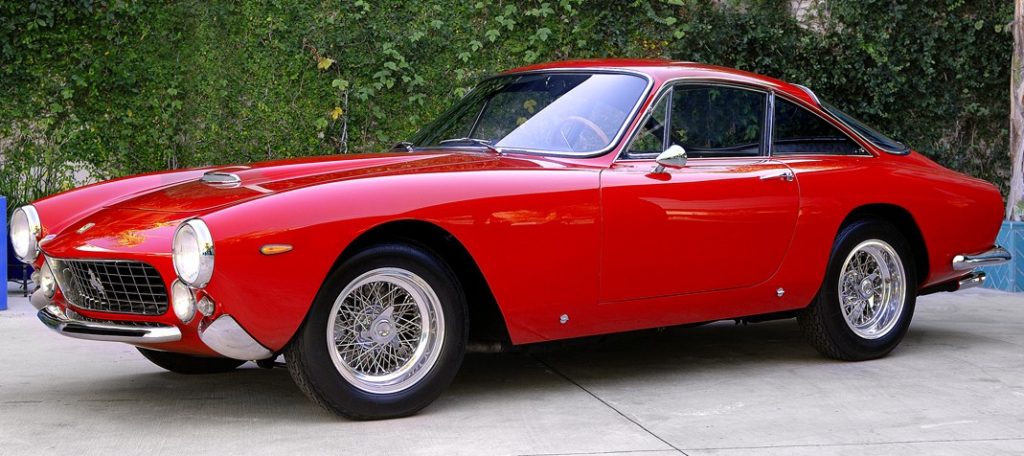
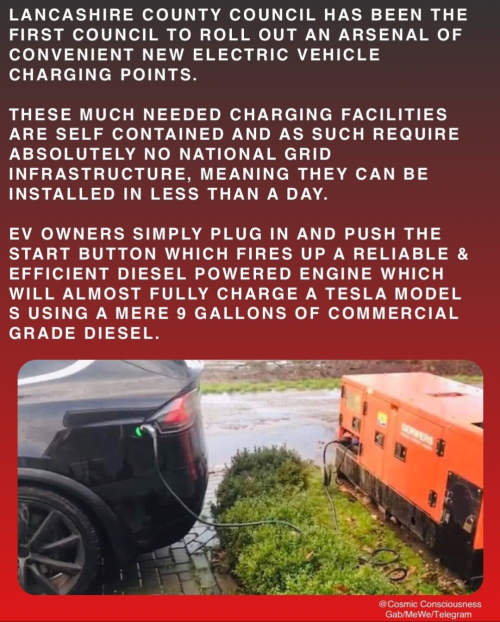









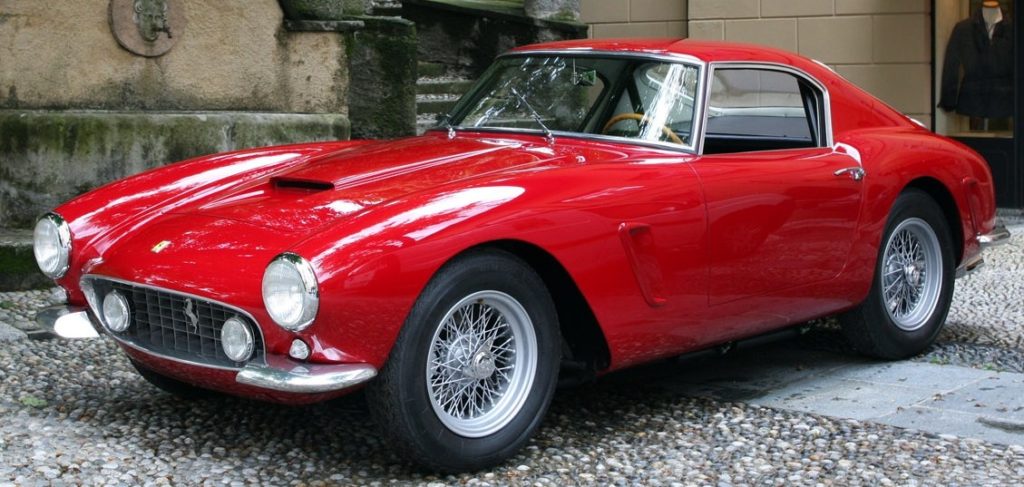
Looking across The Pond, where this Green foolishness has reached its apogee, you get statements like this one:
“Shared mobility” means at best enforced carpooling and such, and at worst public transport, which denies people the freedom to go anywhere except where the bus routes and train lines so they can. Individual choice, then, is left to bicycles or this confounded electric scooters.
But note the condescension towards “20th-century thinking” — that would be the twentieth century which outdid the Industrial Revolution in its engineering development and progress, that created the explosion of knowledge distribution which outdid the invention of the printing press, and gave individuals all over the world freedoms unknown since the beginning of recorded history.
In fact, if you think about it, the junior minister’s statement would put individuals back onto trains, buses and bicycles — i.e. the transport systems of the nineteenth century — and no doubt for reasons of animal cruelty, no horseback travel would be allowed, thus making the twenty-first century’s inhabitants even worse off than their nineteenth-century forebears.
A couple years ago, BritPM Boris Johnson decreed that internal combustion-engined cars would be banned from manufacture by 2027 — by what law he didn’t say, which is a topic all by itself — thus making the hapless subjects of the Crown eventually reliant on electric-powered transport, to be powered by an electrical system which is even now insufficient for its existing purpose, let alone the gargantuan future needs of all-electric transportation — hence the suggestion of the junior minister (age 45).
All the same is true over here, although I would suggest (or hope) that any U.S. president who decreed the end of car manufacture as we know it would be thrown out of office at the next election — if not before — and the sheer size of the U.S. market would make the demise of gasoline-powered cars and trucks a remote eventuality indeed.
Although, as The Geek has suggested, the internal combustion engine will most likely meet its end by the death of a thousand cuts rather than by any single authoritarian decree.
It may well be, however, that the key word here is “remote”. I’ve seen several studies among the future generation (under 25 years old) that they are all in favor of the above foolishness — electric cars, mass transport systems etc. — and to be perfectly blunt, if all this is a matter of demographics, then fine: let the future generations revert to nineteenth-century transportation and be governed by twenty-first century totalitarianism.
My generation will all be dead by then, and the little buggers can live with the consequences of this Green silliness that they and their parents adopted oh-so willingly.